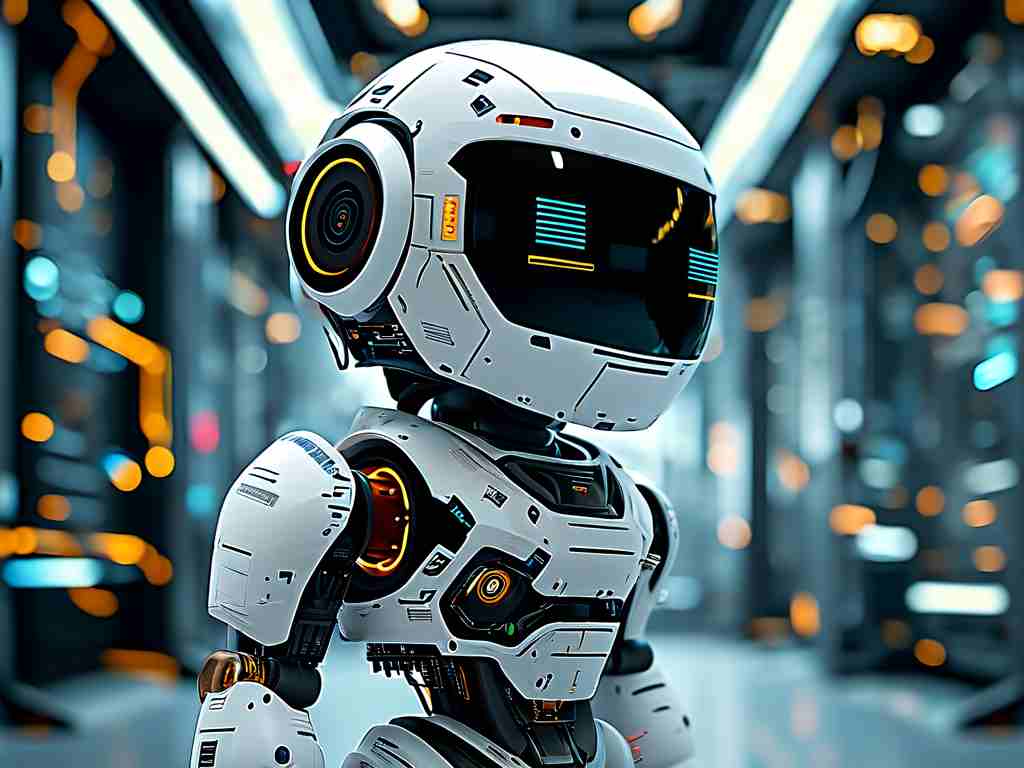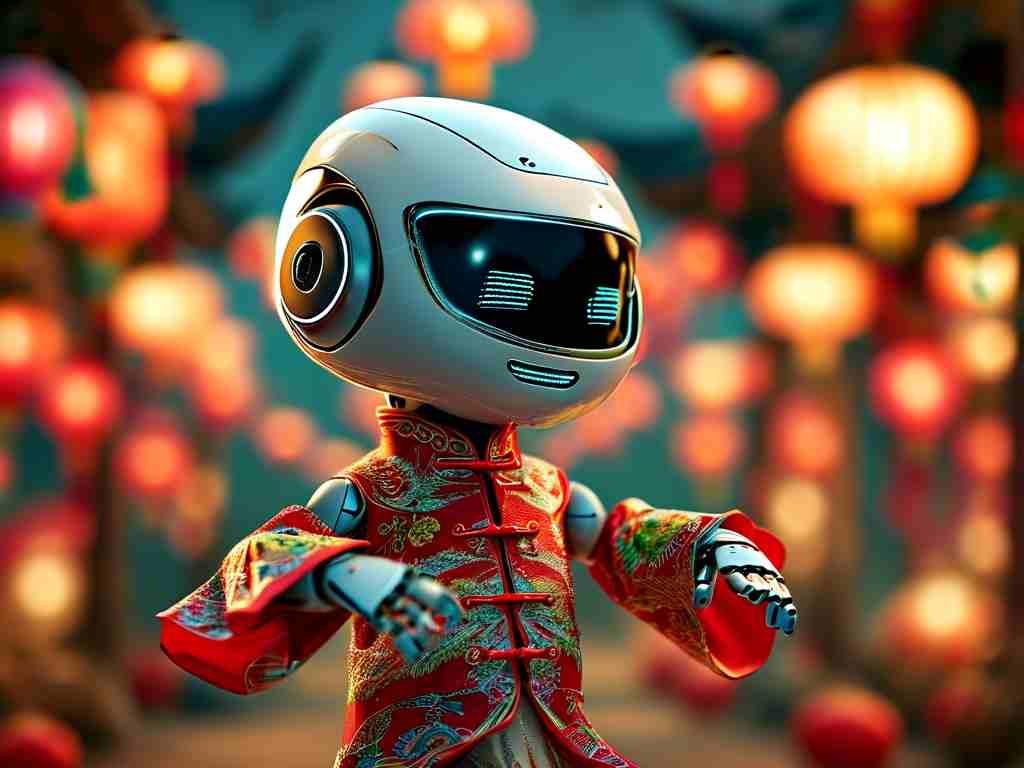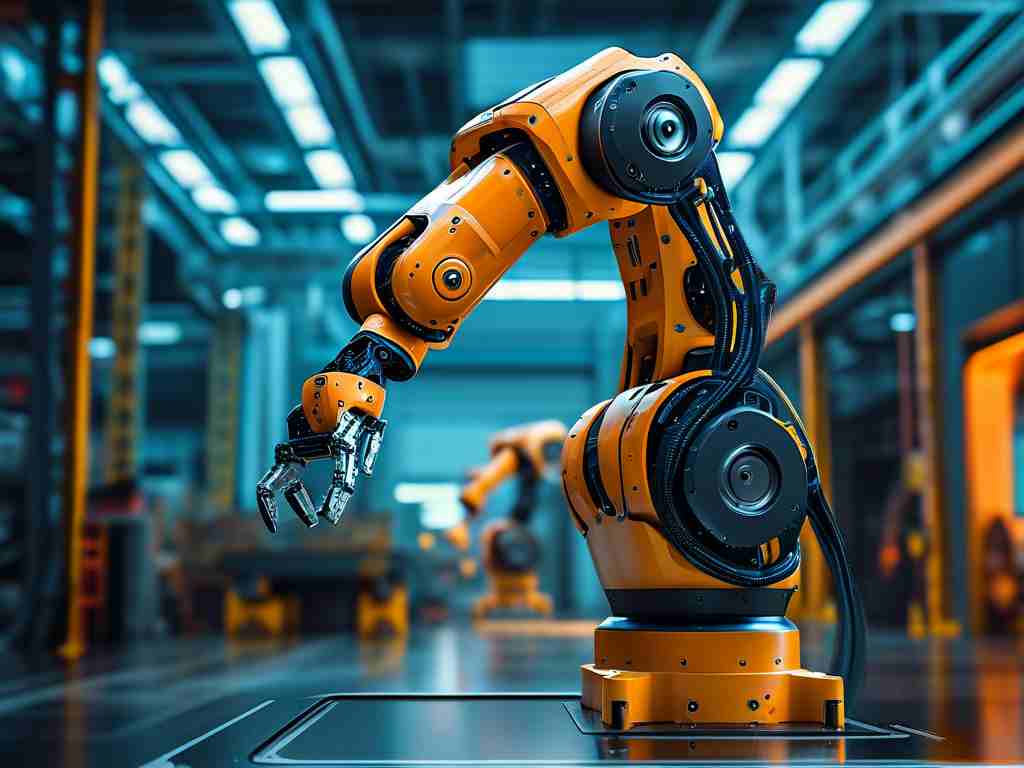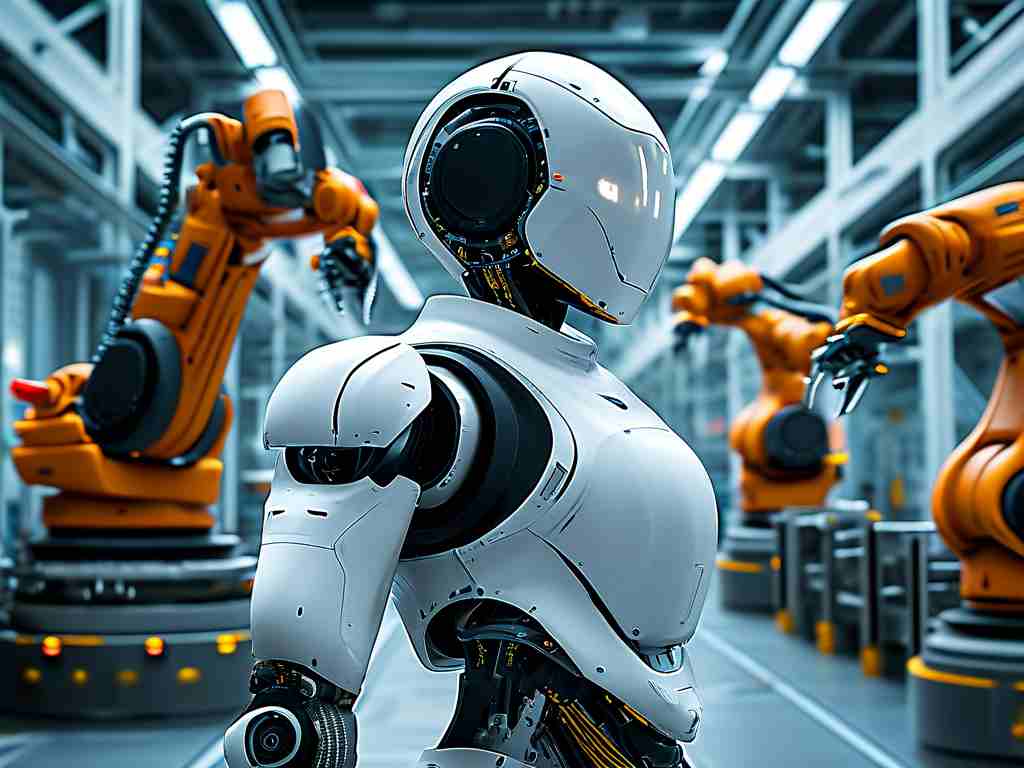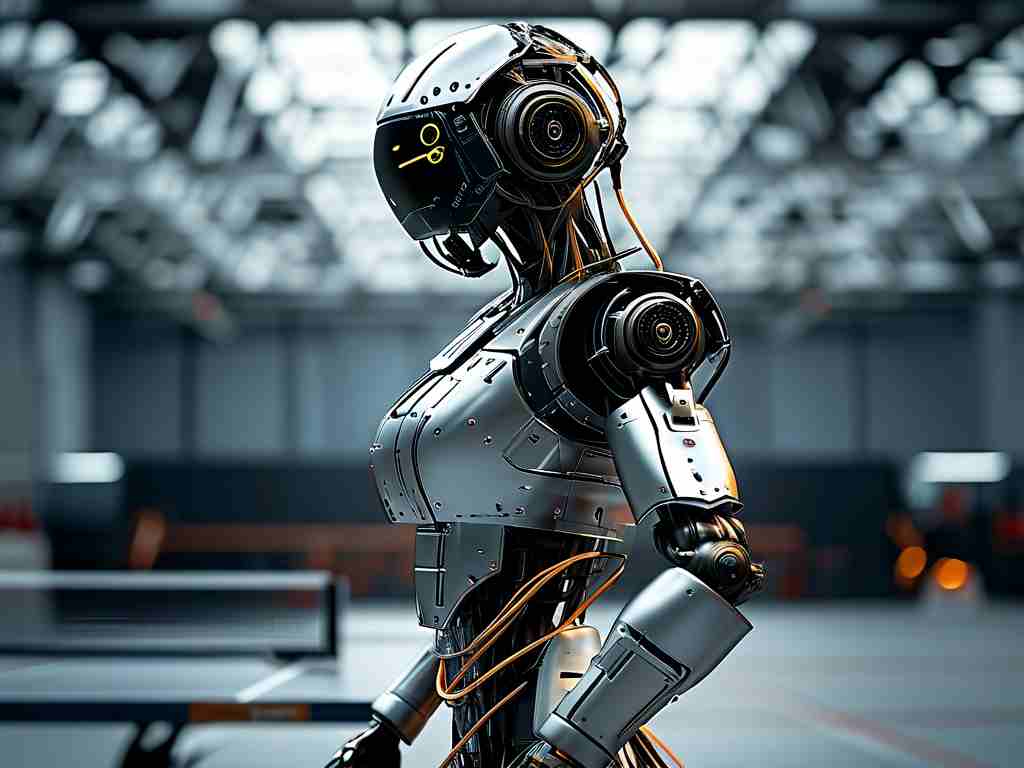The fusion of cutting-edge robotics with traditional lion dance artistry has sparked a fascinating evolution in cultural performances. This hybrid discipline combines mechanical engineering, artificial intelligence, and centuries-old customs to create dynamic robotic systems capable of mimicking the fluid movements and symbolic gestures of traditional lion dance routines. Below, we delve into the technical foundations and creative challenges behind this emerging field.
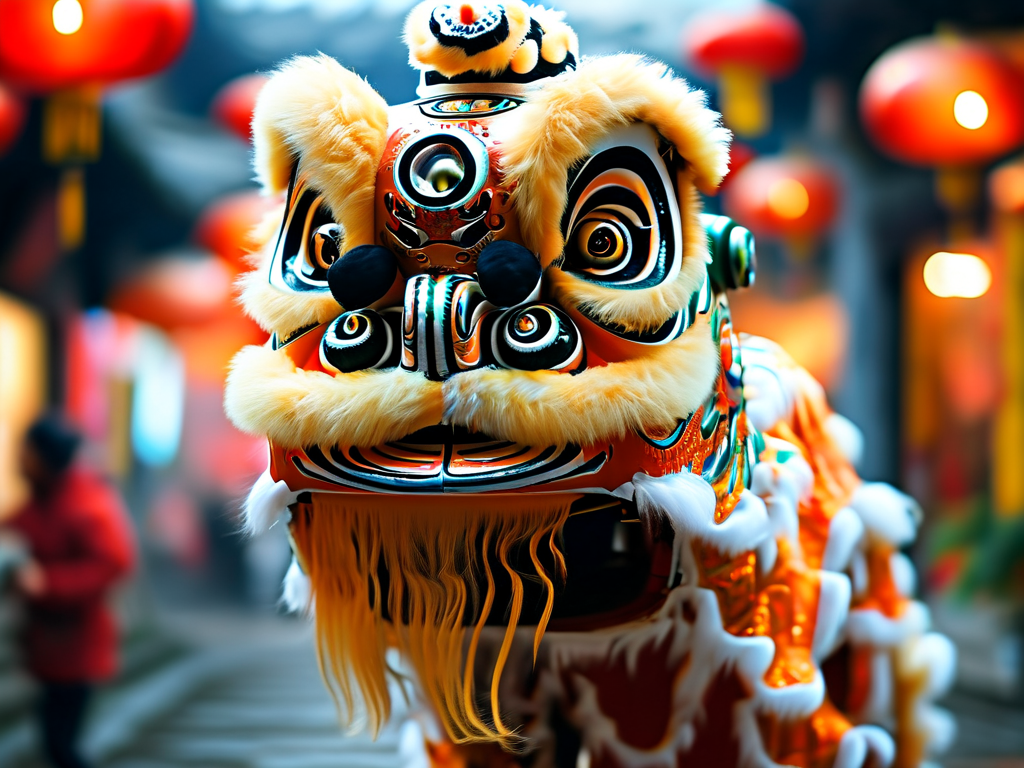
Core Components of Robotic Lion Dance Systems
A robotic lion dance system typically comprises three interconnected modules: motion control, sensory feedback, and performance choreography. The motion control subsystem relies on servo motors and hydraulic actuators to replicate the lifelike swaying, jumping, and head-tilting motions characteristic of lion dance routines. For example, MIT’s 2022 prototype utilized carbon-fiber "limbs" with torque-adjustable joints to achieve the agility required for stunts like the "plucking the greens" maneuver.
Sensory feedback systems integrate LiDAR, inertial measurement units (IMUs), and pressure sensors to enable real-time environmental interaction. These sensors allow robotic lions to detect drumbeat rhythms, avoid obstacles during parades, and synchronize movements with human performers. A notable case is Shenzhen-based TechDragon’s 2023 model, which uses neural networks to analyze audio inputs and adjust movement tempo within 50 milliseconds.
Programming Cultural Nuances
Translating cultural symbolism into machine-executable code presents unique challenges. The "lion’s awakening" sequence, for instance, requires a specific combination of eye-blinking mechanics, ear-twitching servos, and staggered limb movements to convey curiosity and vitality. Engineers at the Hong Kong Polytechnic University developed a Markov decision process algorithm to randomize micro-movements within predefined artistic constraints, avoiding the "uncanny valley" effect.
# Simplified pseudo-code for movement randomization
def cultural_motion_profile(base_sequence):
randomized_angles = []
for joint_angle in base_sequence:
variance = np.random.uniform(-2, 2) # ±2° variation
randomized_angles.append(joint_angle + variance)
return smooth_interpolation(randomized_angles)
Energy and Material Innovations
Powering these systems demands lightweight yet durable solutions. Recent advancements include graphene-enhanced batteries for extended operation and self-healing polymer "fur" that withstands repetitive impacts. A breakthrough came from Singapore’s Nanyang Technological University, where a 15kg robotic lion demonstrated a 4-hour runtime using hybrid supercapacitor technology—a 300% improvement over earlier models.
Ethical and Cultural Considerations
While robotic lion dance troupes have gained traction in commercial events, traditional practitioners emphasize the irreplaceable value of human performers. As Master Chen Wei, a fourth-generation lion dance artist, notes: "The robot’s precision is impressive, but it lacks the shen—the spirit that comes from generations of training." Hybrid performances, where robots complement human artists, are emerging as a middle ground.
Future Directions
Ongoing research focuses on swarm robotics for multi-lion formations and AI-driven improvisation during performances. The 2024 Guangzhou Lantern Festival showcased a prototype that adapted its routine in real-time based on audience applause levels, hinting at a future where robotic lions could dynamically interact with crowds.
In , robotic lion dance technology represents more than technical achievement—it’s a dialogue between heritage and innovation. As engineers and artists collaborate to refine these systems, they redefine how cultural traditions can thrive in a technological era.


